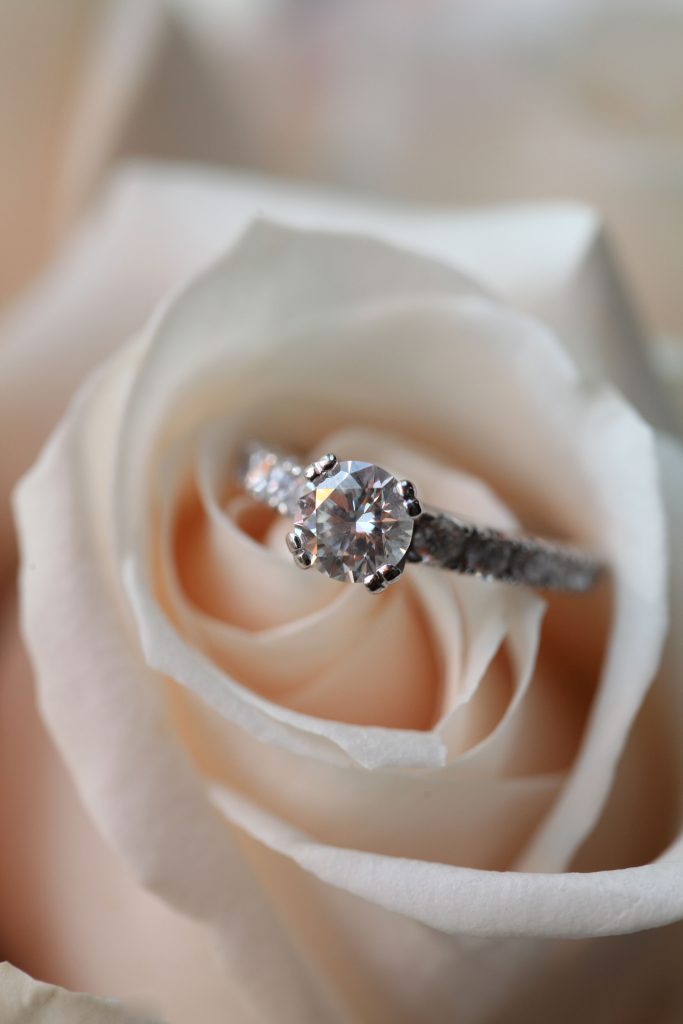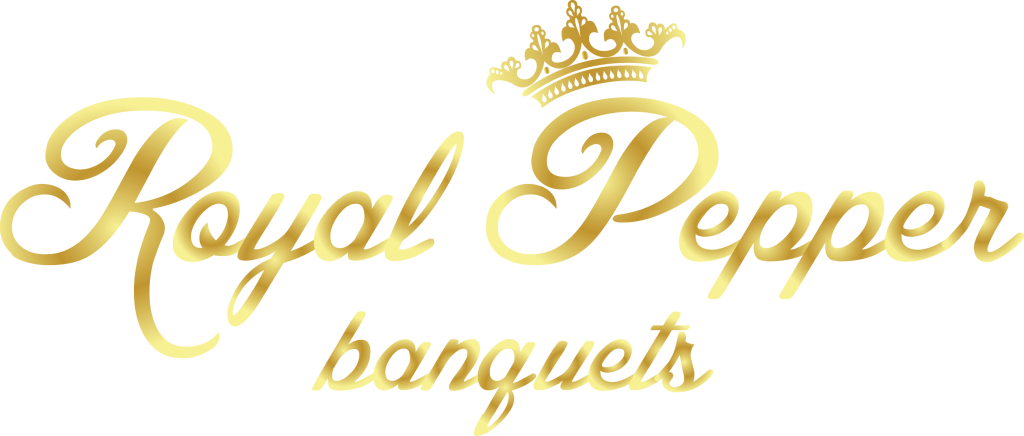
When your wedding day is over and the images have been carefully stored, there is one symbolic part of your relationship that remains: the exchange of rings.
The rings you’ve exchanged serve as a daily reminder of your vows, love, and devotion.
What’s amazing about the ring exchange is that it’s a part of engagement and marriage that we still enjoy, with origins dating back thousands of years.
The iconic romantic image

Consider a famous scene of wedding ring exchanges from a wedding day.
Almost definitely, your thoughts will be drawn to the couple, hands tenderly clasped between them, saying vows while exchanging rings. This is the image of romance that we are all familiar with. appreciate, want to remember for the rest of our lives, and will most likely place on our wall for years to come
It’s the one image that doesn’t fade over time.
The rings are still worn and touched on a daily basis. It’s even more enthralling to discover that this custom dates back to the Ancient Egyptians!
Eternity is represented by

Perhaps the first use of a complete circular ring to signify the eternity of marriage was made from reed, hemp, or other plants and moulded into a circle.
The ring was placed on the fourth finger of the left hand, as is customary in many cultures today. This was due to the misconception that the vein here travelled straight to the heart.
Plant rings clearly did not withstand the test of time. They manifested themselves Other materials, such as ivory, leather, and bone, have been used in its place.
As is still the case today, the materials utilised signified the giver’s affluence. Of course, ivory is no longer available, but the most discerning couples opt for platinum, titanium, and the most magnificent diamonds.
Because of the heart link, these rings were once again worn on the fourth finger of the left hand.

Making rings unique
In recent years, there has been a noticeable tendency for engaged couples to design their wedding bands during ring exchanges.
Couples want their symbolic rings to be one-of-a-kind, whether it’s by being part in the design process, using a stone acquired from a relative, or etching the band.

Nonetheless, the trend of unique wedding ring exchange is resurging rather than something new The Romans also had engraved wedding bands!
Wedding ring exchanges have become a modern practise
Rings were still a significant feature of the marriage ceremony during the Middle Ages. However, because rings were connected with paganism, it took some time before the Church began to include them into the ceremony.
However, if we delve a little deeper, things become more interesting. The ring was not merely a symbol of transferring wealth; the groom would then present gold and silver to the bride.
This was a metaphor for marriage being more of a contract between families than a union of love.
Even funnier, a traditional German marriage pledge was quite blunt about the realities.

“I give you this,” the groom would sayring as a symbol of the marriage we have pledged, provided your father provides you a marriage portion of 1000 Reichsthalers.” At the very least, it was truthful!
Other intriguing wedding ring exchange customs

Early rings in East Asian culture were frequently puzzle rings. These rings were supposed to fall apart when removed from the finger, indicating that the wife had removed the ring while her husband was away!
They would then be linked at the wedding and worn by the bride as a symbol of two becoming one.

Is the finger important?
Although the ancient Egyptians and Romans wore wedding bands on the fourth finger of the left hand (the ring finger), this has not been a universal practise throughout history and civilizations. The ring is commonly worn by Jews on their thumb or index finger.
The ring was worn on the middle finger by ancient Britons, who didn’t care which hand they used.
In certain traditions, the ring is passed from one finger or hand to the other as part of the ceremony.

When did we develop a thirst for glitz?
As you can see, wedding and betrothal rings were always created with the finest and most durable materials available at the period, and in accordance with the couple’s income. It’s no surprise that the tradition of more extravagant rings has grown throughout time.
Rings given to brides in North America and Europe were increasingly opulent in the 1800s. Gold and precious jewels from all around the world were in high demand. and fashioned into ever-more-complicated rings
Following Prince Albert’s gift of a snake engagement ring to Queen Victoria, it became common for snakes to feature in the ring’s design throughout Victorian times, representing eternity with the ritual of wedding ring exchanges.
How to Get the Most Out of Your Dazzle

The wedding ring exchange is still a symbolic feature of the wedding for today’s brides and grooms.
During the wedding planning process, rings continue to consume a large portion of our attention, effort, and money.
The good news is that today’s couples may get diamonds that dazzle and sparkle in unique settings that represent their personality and connection by doing a little study on factors like diamond cut.
They can get a modern show-stopper ring that yet represents eternity and romance.
Tradition will be carried on for centuries to come

Given the extensive history of wedding ring symbolism, we believe that it will endure for generations to come.
We wonder where wedding ring trend will take us in the future, with diamonds, precious metals, and excellent design.




